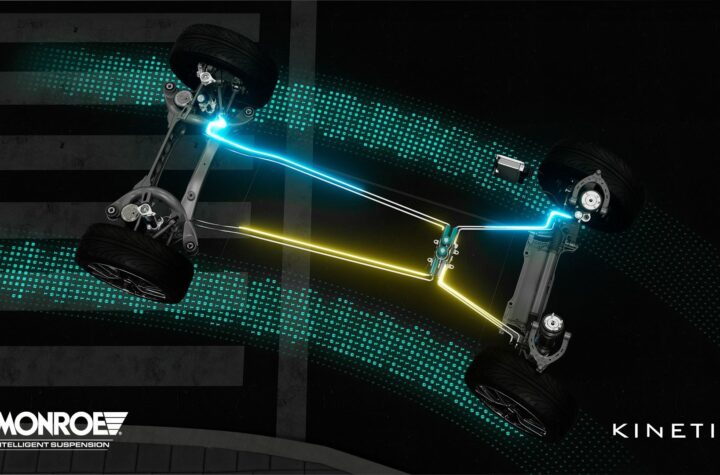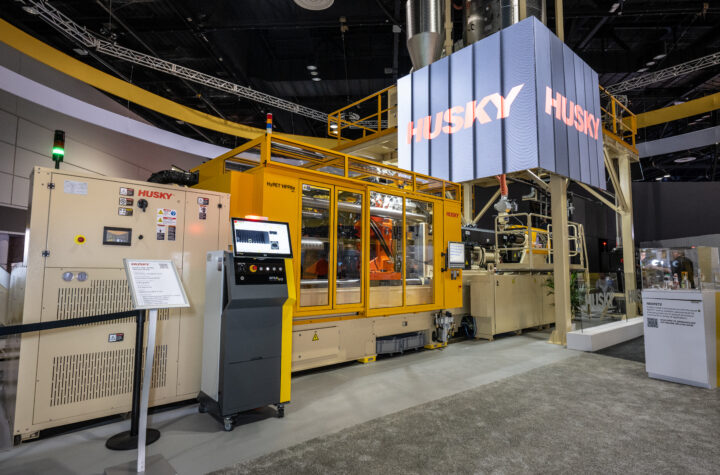.jpg)
An industry already operating under onerous regulatory compliance requirements and tight supply chain margins can ill-afford to lose the productivity of a machine through the absence of a worker. Machines – particularly those operated by lower-level workers – can be found standing idle in plants around the world on any given day as the benchmark absenteeism rate for the Automotive Industry is 1.77% as calculated by Incident Days / Exposed Days.
Automated forklift operations have helped companies like Freightliner Custom Chassis to reduce costs and improve efficiencies. “Our materials department was able to show a labor cost savings of up to four hours per day for each Seegrid robot. So basically we are now saving around eight hours of labor cost per day just from the use of the robots. Our safety benefits were also a key contributor to our decision to become forklift free. Seegrid provides extremely reliable technology that greatly reduces our chances of any safety concerns from arising,” says Timmy Mcabee, Materials Support Technician, at Freightliner Custom Chassis.
Extensive modifications to the working area are not needed when introducing robots. Daimler Trucks North America opted for Seegrid Corporation’s robotic industrial trucks and its patented vision-guided WalkThruThenWork® technology to deploy the robots. The benefits included cutting waiting time for parts by 22%, decreased parts-to-line time from one hour to 25 minutes, a 98% reduction in inventory deficits, and a reduced need for runners and non-dedicated labor resources.
“We were looking for an AGV but didn’t want the wire guides, magnets, and lasers that usually come with it. We needed flexibility to be able to change the routes easily and frequently and industrial robots do that for us. We use industrial robots to continually supply parts to our assembly stations. We love the versatility of the Seegrid robots — we are able to simply change and perform multiple routes for our first and second shifts and do a completely different route for our third shift — just that flexibility alone provides us with real value,” says Donnie Dixon, Supervisor of Materials Control, Daimler Trucks.
Seegrid’s driverless GT10 and GT3 tow tractors automate the movement of flatbed cars, trains, or carts. WalkThruThenThenWork® and RideThruThenWork® technology allow for efficient and flexible operation without infrastructure modifications. Operators train a Seegrid robotic industrial truck by walking or driving the unit through a desired route. During this process, the robot takes 360 degree images of the facility and builds 3D vision maps for future navigation. Once the training is complete, the route is entered into the keypad, and the robot goes to work immediately.
Materials handling costs are also reduced by the introduction of robots.
AISIN USA Manufacturing, which makes high-quality automotive components and systems, needed an adaptable and flexible solution for ever-changing floor and facility layouts. Robots have enabled AISIN to move team members into more value-added jobs. “The robots help the employees work more efficiently in the manufacturing area. Team members even provide suggestions on how to improve our lean process with the use of robots,” says Mark Hamilton, Transportation/Logistics Specialist, AISIN USA Manufacturing. “Seegrid robots greatly reduce cycle time in getting components parts to the manufacturing area from the receiving dock. The robots also help in moving finished goods from the order pulling areas in shipping to the shipping docks,” he says.
In 2012 Seegrid appointed Anthony Horbal, a respected entrepreneur and business leader as chief executive officer to grow the company’s robotic industrial leadership. “Seegrid is uniquely positioned to capture significant market share in the global material handling industry. These robotic industrial trucks best address the concerns of every CEO and CFO – business efficiency and increasing productivity,” says Horbal.
Automotive Industries (AI) asked Horbal and John Hayes, Vice President of U.S. Sales and Marketing for Seegrid Corporation to share the company’s views on automotive market trends and new products.
AI: What is the future of materials handling in automotive manufacturing operations?
Horbal: Business in the automotive industry is picking up and we have noticed automotive manufacturing companies are being tasked to do more with less. These businesses must continually improve efficiency and productivity without adding labor. In an effort to cut operating costs, many automotive manufacturing plants are evolving to a fork truck free operation. With the fork truck operator accounting for nearly 70% of the operating cost over the vehicle life, it is clear companies must deploy automation solutions to stay competitive and reduce costs AI: How do you see the materials handling as a business growing in the future?
Hayes: The materials handling industry is steadily growing each year, and is the backbone of the global supply chain. The goods produced in manufacturing and distribution facilities must move efficiently and safely. In a survey conducted by the Material Handling Industry (MHI), industry professionals noted cost savings, improved efficiencies and accuracy/speed are the most important operational factors driving automation investments. Without automation businesses are unable to do more with less. MHI also noted 74% of survey respondents plan on considering automation for their operations. Industrial Truck Association President, Jeff Rufener, predicts that by 492025 fully automated and guided vehicles will account for 50% of industrial truck sales.
AI: What trends are you seeing in the automotive industry?
Hayes: Many automotive manufacturers have implemented supermarkets or mini-stores throughout their facilities. Placing supermarkets near work cells reduces the amount of travel made by water spiders and material handling vehicles. When automation is added to a supermarket kitting application, higher delivery frequency occurs. We also see plants Corporationexperiencing small variability peaks resulting in lower capacity requirements and lower inventory levels. Automation allows automotive manufactures to have a higher response rate to adaptability. Legacy automation systems, which require fixed transport, are not ideal for supermarket kitting because this type of application requires flexibility. Utilizing flexible automation in supermarket kitting is key because it reduces high upfront costs and risk involved with fixed automation.
AI: What is Seegrid’s automotive product portfolio for the next generation of automated robotic handling vehicles?
Horbal: Seegrid is currently developing an automated walkie stacker and plans to launch the vision-guided GWS35 walkie stacker in 2014. It will be used to move palletized or racked loads, along with carts or any other load that requires horizontal handling. The walkie stacker will allow customers to manually take goods off multiple levels, like conveyors and platforms and transport them automatically to a warehouse for storage or shipping.














































 High Sensitivity Limiting Post Amplifiers For 10Gbps FTTH PON, Ethernet, Wireless and OTN Apps
High Sensitivity Limiting Post Amplifiers For 10Gbps FTTH PON, Ethernet, Wireless and OTN Apps



